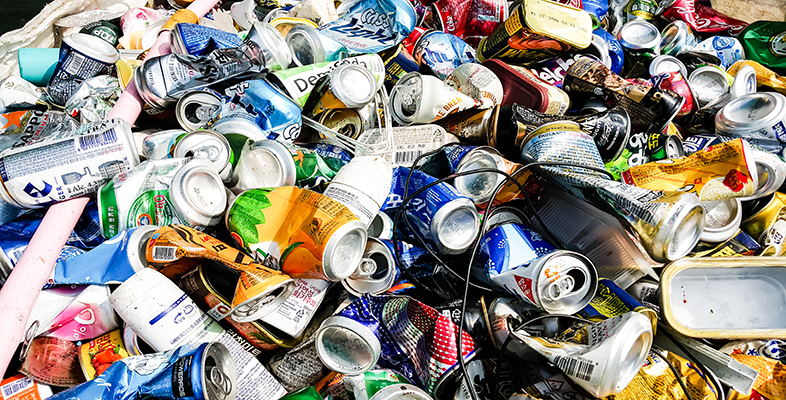1.4 Managing waste from cradle to cradle – circular economy
The circular economy is a way of thinking and doing that moves on from ‘cradle to grave’; it focuses on closed loops and designing waste out of the economy and is also referred to as ‘cradle to cradle’ (McDonough and Braungart, 2002).
It is difficult to trace the origins of the circular economy back to any one point in time or particular author. It is an evolution of ideas that first became popular in the 1960s and 1970s, with influences such as Rachel Carson’s book Silent Spring and James Lovelock’s work on the Gaia hypothesis, as well as ideas drawn from ecology, biology and economics about how the economy and environment should coexist in balance.
Given that the circular economy is the evolution of many ideas, it is not surprising that there is no one agreed definition. A key player in promoting the circular economy is the Ellen MacArthur Foundation, which sees the circular economy as ‘an industrial economy that is restorative or regenerative by intention or design’ (Ellen MacArthur Foundation, 2013, p. 14). Other definitions explicitly refer to the circular (or closed) flows of materials, meaning that materials are constantly reused rather than being discarded as waste, and this reuse focuses on the highest possible utility or value of materials (Webster, 2015). For example, in their analysis of developing the circular economy in China, Geng and Doberstein (2008, p. 231) describe the circular economy as the ‘realisation of a closed loop material flow in the whole economic system’.
